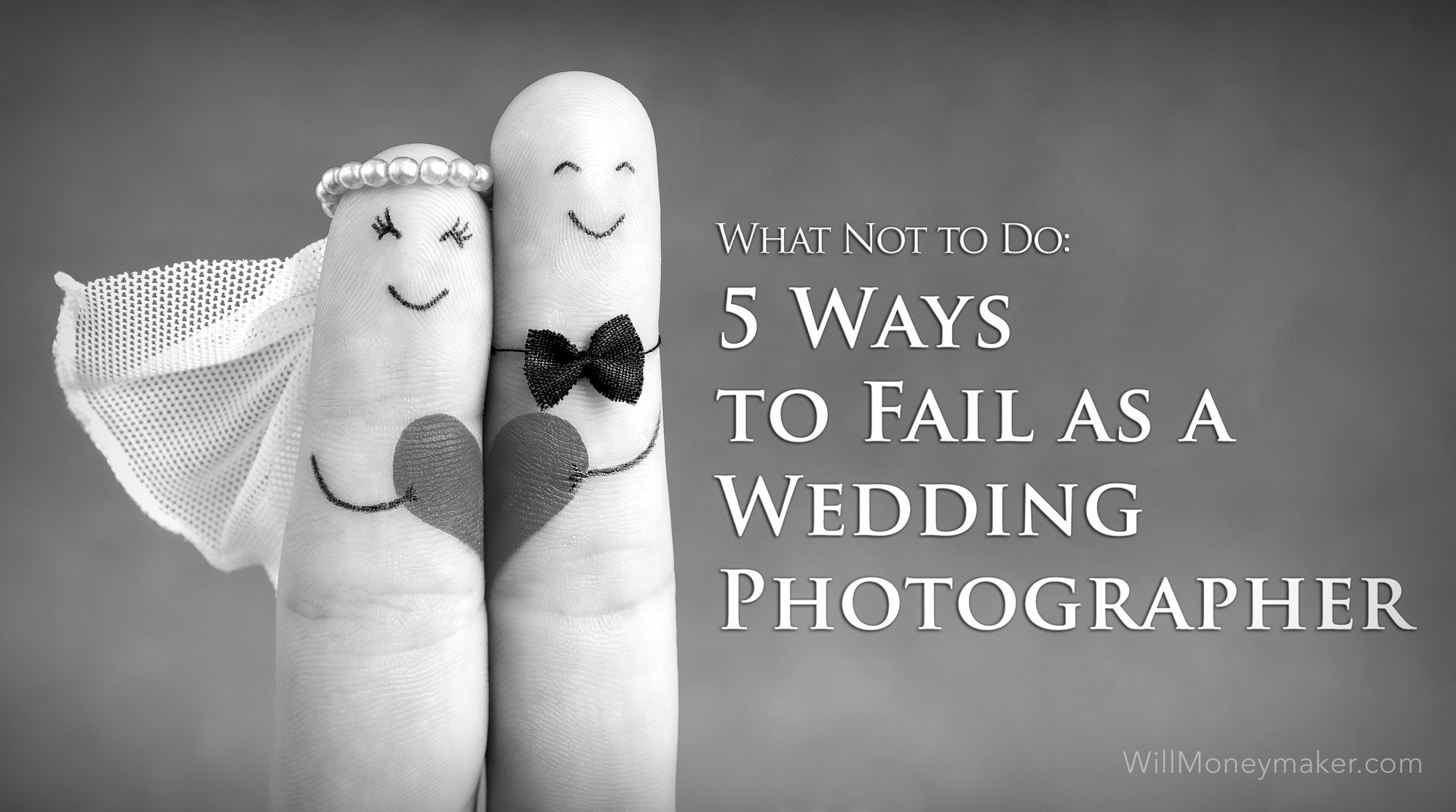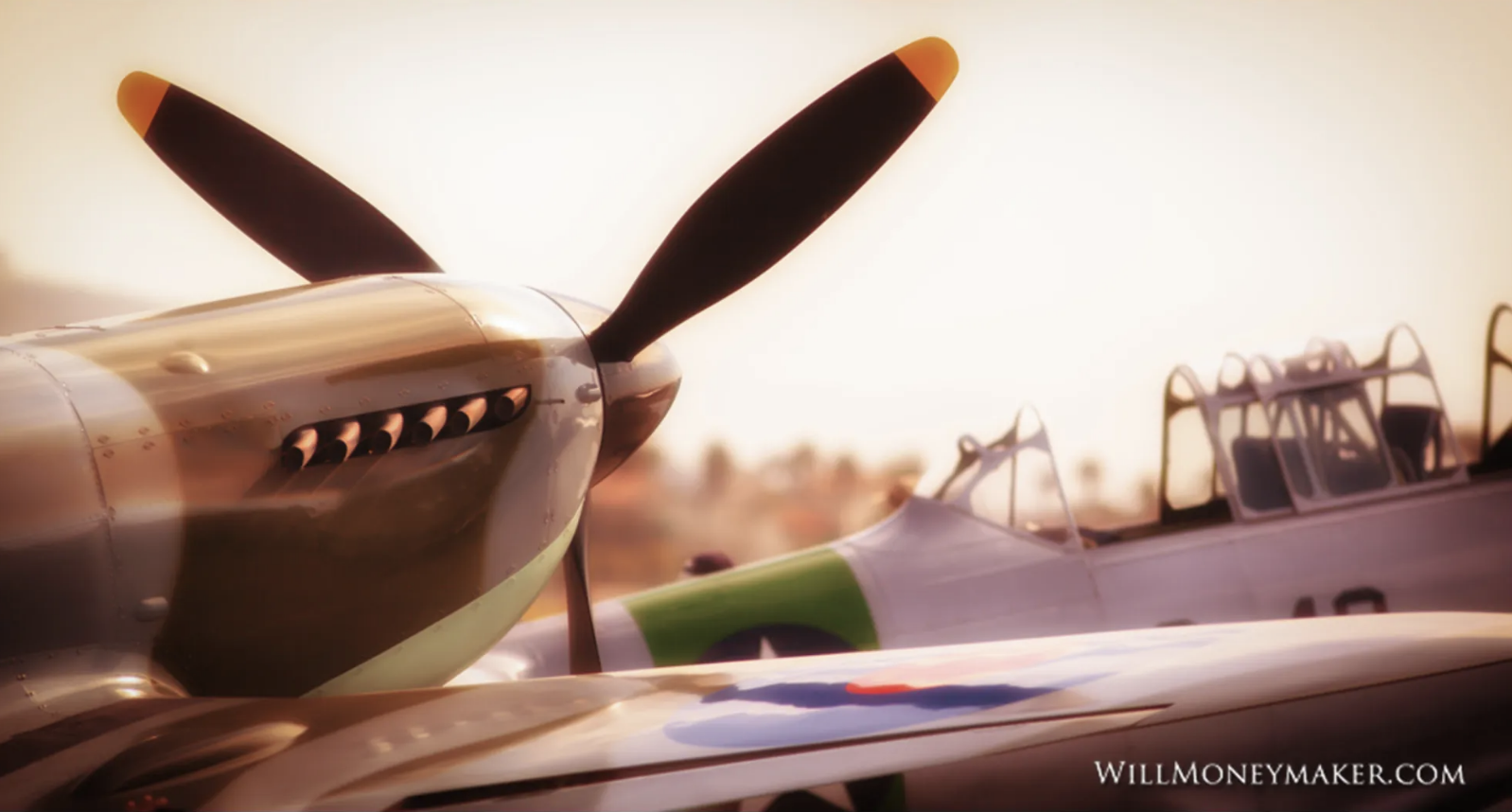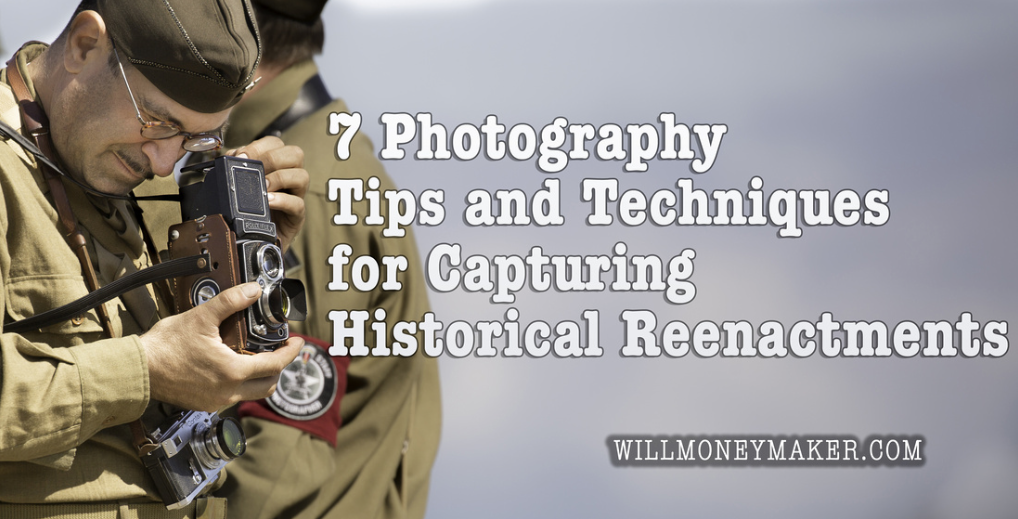If there is one thing that is difficult to achieve in photography, that thing is focus. And by focus, I don’t mean sharp images (although achieving that sharpness often comes with challenges of its own). What I refer to is more along the lines of subject material. As you’re standing in a new setting or embarking on a new project, it is sometimes difficult to zero in on exactly what should be in your photographs and what shouldn’t be present. Sometimes, finding the perfect location is a challenge.
And that is why I think that an understanding of basic journalistic practices is important. Within journalism, there is a helpful tool called the “Five Ws and How” often abbreviated to 5W1H. This is what journalists use to focus their articles — and it isn’t something that only journalists can use. Photographers can make use of this formula, too, although for us, the meanings of each of the five Ws are somewhat different. Let me illustrate how 5W1H can work for photographers and then you can try it out for your next project!
The Five Ws and How of Journalism
In journalism, 5W1H is a simplistic tool used to make sure that nothing is missing from a story. As the journalist works on the story, he or she asks the following questions:
- Who is involved?
- What is happening?
- Where are these events happening?
- When did these things take place?
- Why has this happened?
- How did this happen?
By answering each of these questions, journalists can ensure that no details are overlooked as the story starts to come together. In photography (unless you are doing journalistic photography), the questions can be modified somewhat to help you develop a project. You may even ask the questions in a different order, depending on your priorities.
What do You Want to Photograph?
The first W in the photographer’s 5W1H is the “what” as in “What do you want to photograph?” This all-important first question will help you answer a lot of the rest of the questions. Do you have a subject in mind? Or an overall story that you want to tell? Make a plan of the things that you would like to photograph and the rest — your destination, the planning, all of it, will follow.
Where Do You Want to Photograph?
Where, in photography, refers not to where an event took place but where you want to photograph. If you can’t figure out the what, precisely, then the where is the logical next step. Start with your location, study that location, then decide what it is you want to photograph. Or, if you’ve already figured out the what, then now it is time to zero in on the where. Choose the location that best suits your subject material or your story.
When Will You Take the Photos?
Next comes the when. If you are photographing indoors, then this comes down to a matter of scheduling — as does event photography. For other types of photography, the when might be a bit different. Do you want to shoot during the day or at night? As the sun sets or as it rises? On a cloudy day or in the sunshine? When it is raining or snowing? During a particular season? The time of day, the weather, and the season all have a dramatic impact on the finished image so choose carefully or make plans to photograph your subject material at a variety of times to learn what best suits the final image.
Who Will be in Your Photos?
This is a question that doesn’t always need to be answered but there are certain situations where you’ll find yourself asking this question — portraits and candid photography, most notably. But there are a few other situations where knowing the who comes in handy. Let’s say you’re at a ballgame or some other event. Do you want crowd shots? Shots of the players, the vendors, or all the other people that make such events possible? What about when you’re on the street? Do you want to include random passersby? Knowing the answer to this question can help you refine your image.
How Will You Take the Photos?
The how can be boiled down into two separate questions. The first, of course, deals with gear. The camera body, the lenses, the tripod, the lighting, and all of the other equipment you’ll need to produce the photos. But then how can also refer to stylistic choices. Will you shoot in black and white? Are there certain effects you’d like to achieve or colors that should be more prominent than others? The stylistic hows will have a big impact on the overall mood of the image and likely the meanings that image holds for its viewers, too.
Why are You Creating These Images?
And finally, here is one of the most important questions that any artist can as himself or herself. Why are you creating the photographs? This delves into the philosophical — the meanings that you are trying to achieve or the statements that you are trying to make. But, it doesn’t have to be so philosophical as all that. Not every image is meant to be deeply meaningful. Some are simply beautiful and beauty carries a meaning all its own.
The most important thing to remember about the why is this: This isn’t the final question to ask yourself but the question that you should be asking all along, from start to finish. Let your reasons be your guide throughout the rest of the questions. When the art is finished, if you’ve mastered all the rest of the steps, pausing to ask why as you go along, then the reasons, meaning, or statement that you are trying to make will be evident to viewers.
As you can see, 5W1H can be employed in photography. Only, the questions that you ask will be slightly different from the questions that journalists are asking. Even so, use this tool to bring focus to your ideas. Taking the time to explore each question thoroughly will help you to distill each piece that you create down to what really matters.




